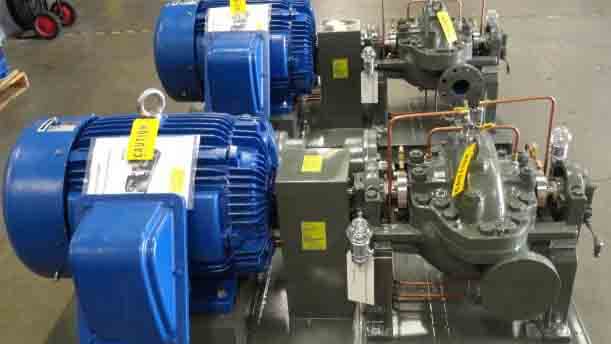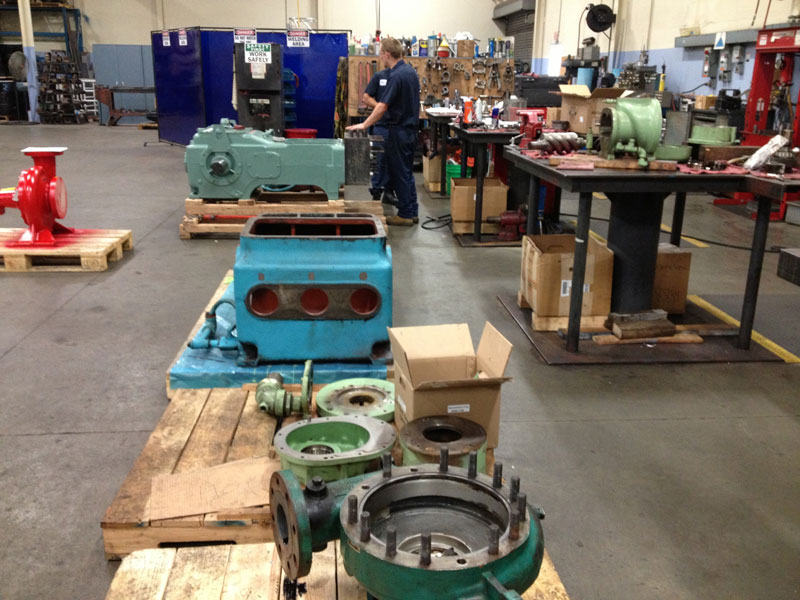When choosing the right industrial sanitary pump, there are several things to consider. Firstly, you should consider the material being pumped. Determining its viscosity, density, temperature, and flow rate will help you choose the kind and size of pump that is right for you. Secondly, the main function of the pump should be considered. Will it be evacuating containers? Used for filling? Batching ingredients? Your workflow and plant configuration also bears on pump selection. These variables include the processing environment. Liquids containing abrasive particulates, the length, size, and type of suction and discharge piping, elevations, pumping angles, etc. all must be taken into account. Industrial sanitary pumps can be used in industries like food, beverage, cosmetic, and pharmaceutical, among others.
Types Of Industrial Sanitary Pumps
Air Diaphragm Pumps
Originally designed to handle viscous products, air diaphragm pumps are a solid choice for container unloading, as well as moving products containing abrasive particles and in processes where dilution control is critical. They are ideal for food-related applications requiring high flow rates and maximum portability.
Centrifugal Pumps
Centrifugal pumps a popular choice in sanitary processing. Using one or more rotating impellers arrayed in a variety of configurations depending on the application and production requirements, centrifugal pumps are able to create higher flow rates than any other pump type. Best suited for low-viscosity fluids that are not aerated or partially vaporized, centrifugal pumps are particularly effective in beverage processing because of their gentle handling of sometimes-delicate liquids. Their uncomplicated design aids in maintenance, especially in clean-in-place setups.
Positive Displacement Pumps
Positive displacement pumps are ideal for processing materials too viscous for centrifugal pumps to handle. They are common in processing and managing products with larger suspended solids or chunks such as chunky soups or fruit fillings, with minimal damage to the large particles. Positive displacement pumps move media at a steady rate and fixed volume with each mechanical cycle.
Choosing the right sanitary pump can make all the difference in a production company’s profitability by reducing overall production costs, improving efficiency, and protecting against contamination. Pump Engineering is here to help you make the right choice! Contact us today to learn more.


